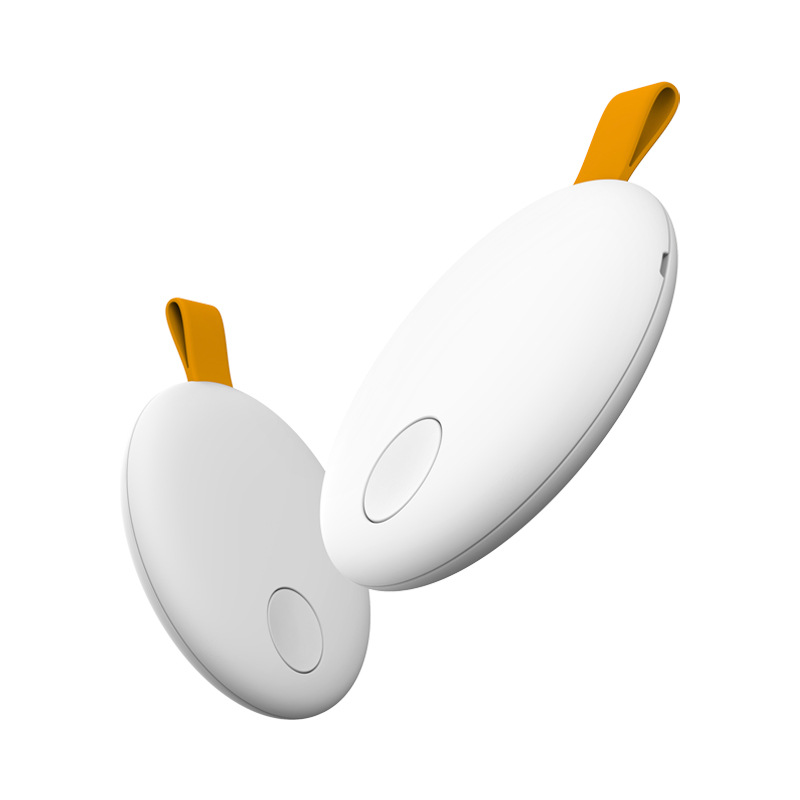
BLE tags are small wireless devices that use Bluetooth Low Energy (BLE) technology to provide location-based experiences and services. Here are some of the key features that make BLE tags useful:
Precise Location Detection
The main purpose of BLE tags is to provide precise location information indoors where GPS often struggles. They can identify when a mobile device has entered their broadcast range, which is typically up to 50 meters. This allows them to trigger location-based notifications, messaging, wayfinding directions and other experiences.
Battery Powered
Most BLE tags are battery powered, lasting 1-2 years before needing replacement. Popular CR2032 coin cell batteries are commonly used, making the devices compact and portable. Some beacons have rechargeable batteries or other power sources, but being battery operated makes them highly versatile.
Small Size
BLE tags are very small, with USB stick sized devices being common. Their compact size allows them to be easily mounted on walls, under seats, on retail shelves, attached to assets and more. Miniaturized tags are continuing to shrink for even more discreet placement.
Bluetooth Compatibility
BLE tags use the widespread Bluetooth 4.0 or higher standard for compatibility. Any modern smartphone with Bluetooth Low Energy can detect signals from beacons without needing any special app installed. This allows beacons to reach huge potential audiences.
Secure Transmissions
Data transmission between beacons and mobile devices are secure and encrypted. UUIDs act as unique identifiers that prevent unwanted tracking across locations. Major beacon manufacturers have adopted standard security principles.
Configurable Settings
Beacon administrators can configure broadcast frequency, UUID, and transmit power based on use case. Shorter intervals between broadcasts allows for more precise location tracking. UUIDs can map to specific locations or purposes. Adjusting transmit power changes the broadcast radius.
Bidirectional Capabilities
Though most commonly used for one-way location broadcasts, some beacon models contain accelerometers and sensors to identify tap interactions. This allows mobile devices to transmit data back, enabling more dynamic functionality.
Supports Multiple Simultaneous Connections
A single BLE tag can safely support dozens of simultaneous Bluetooth connections with individual nearby mobile devices. This real-time concurrency enables beacon networks to deliver contextual experiences to many users at once.
Cloud Integration
Beacon platforms integrate with cloud databases to store location analytics, create customized experiences, and configure and manage networks. The cloud facilitates remote maintenance and updates without touching individual beacons.
Development Options
Beacon manufacturers provide SDKs and APIs that allow developers to build custom mobile apps and integrations. From navigation to payments to gaming, beacons provide versatile location-aware building blocks.




Great article.